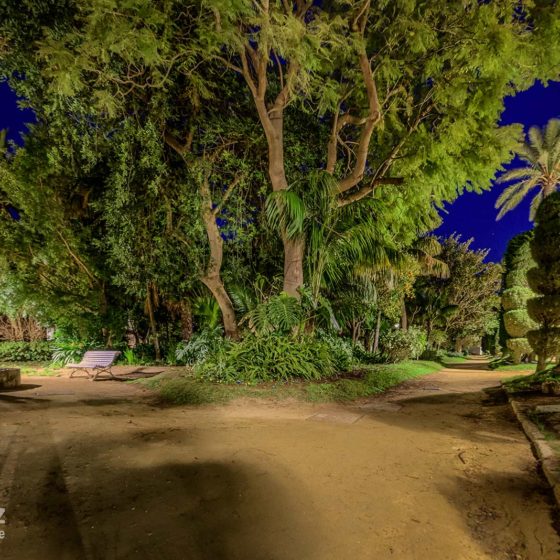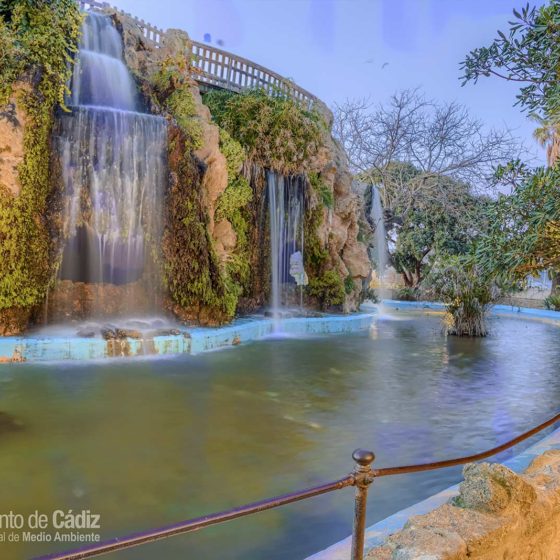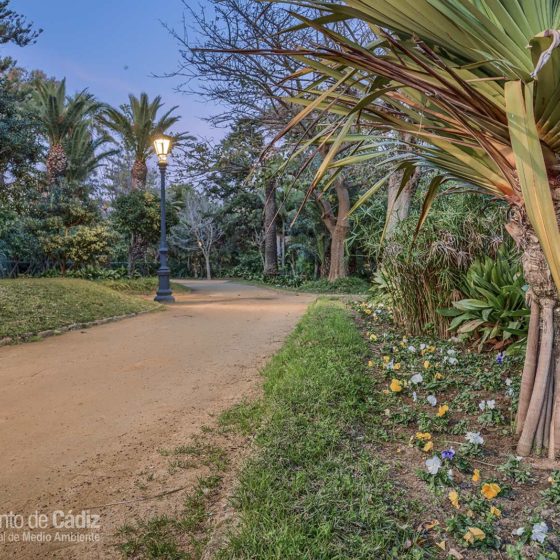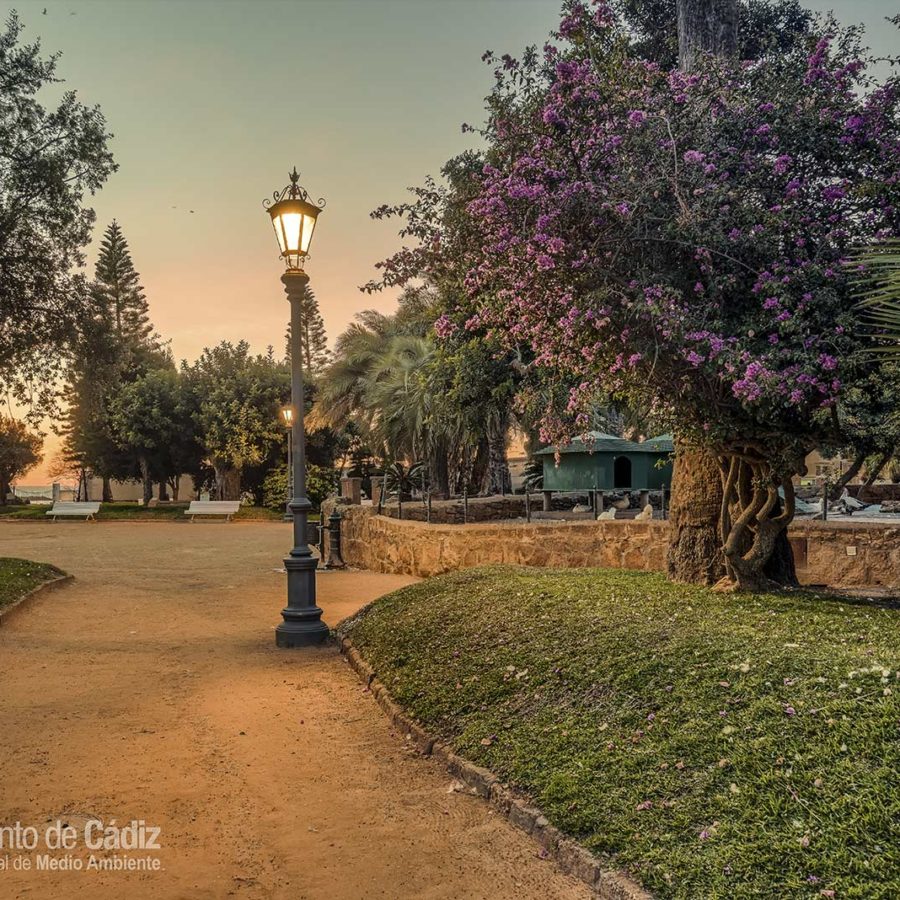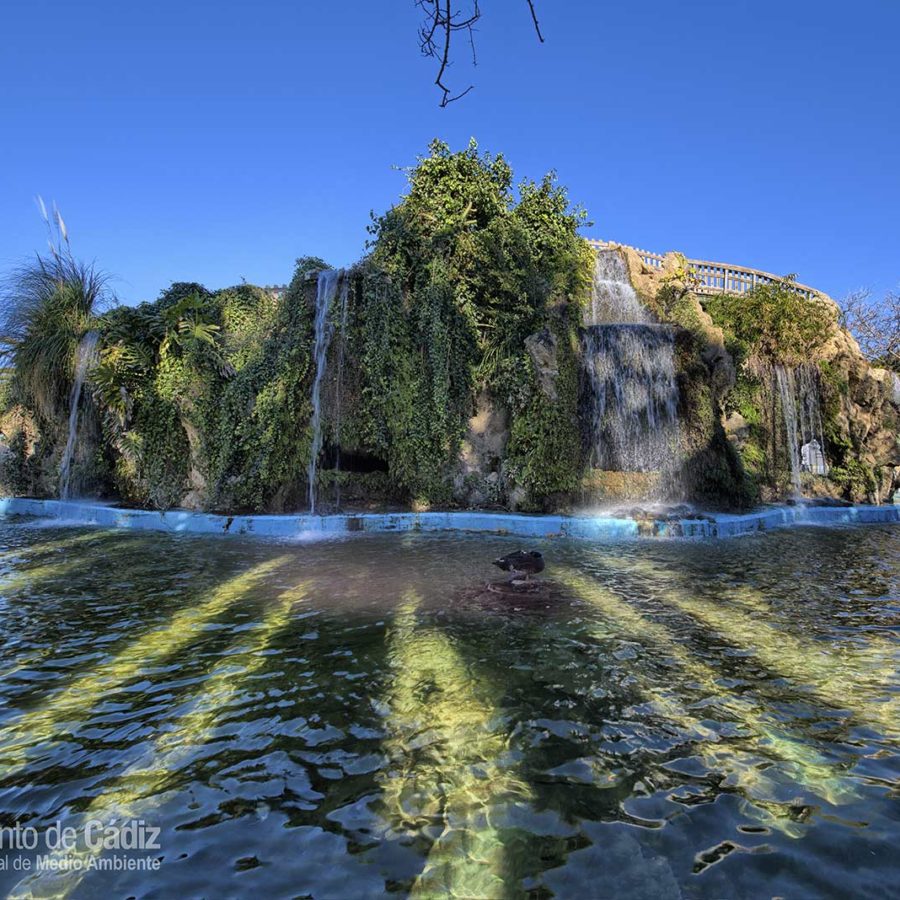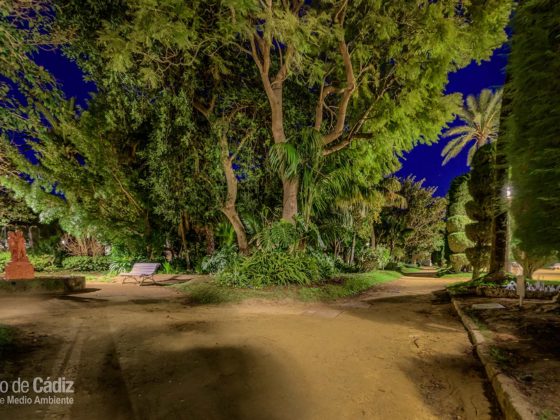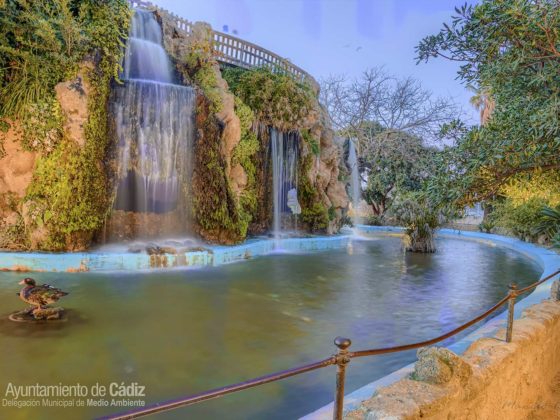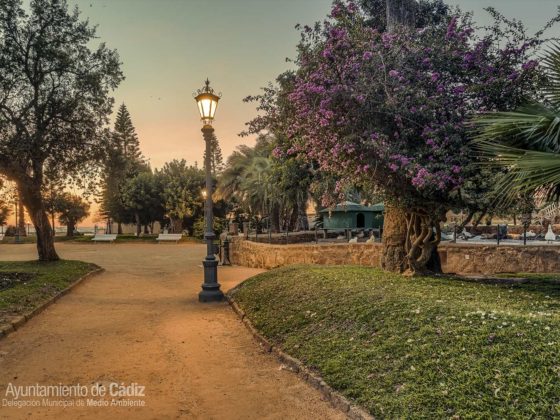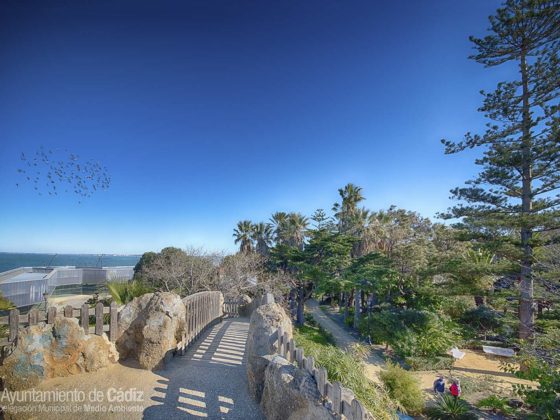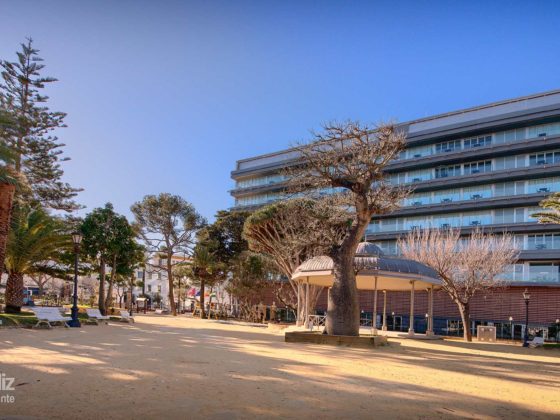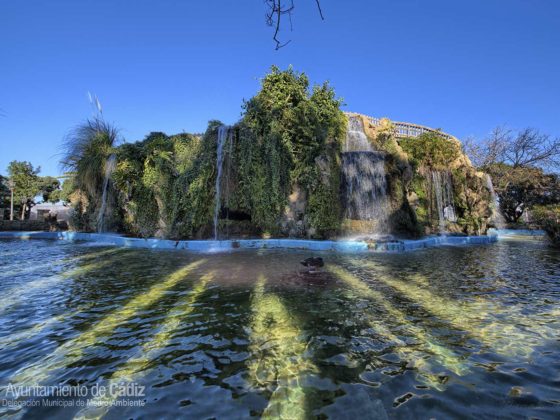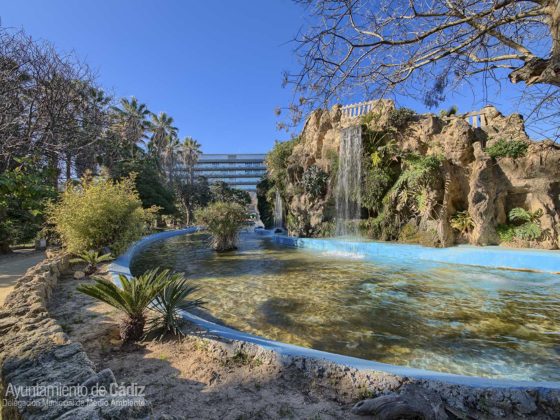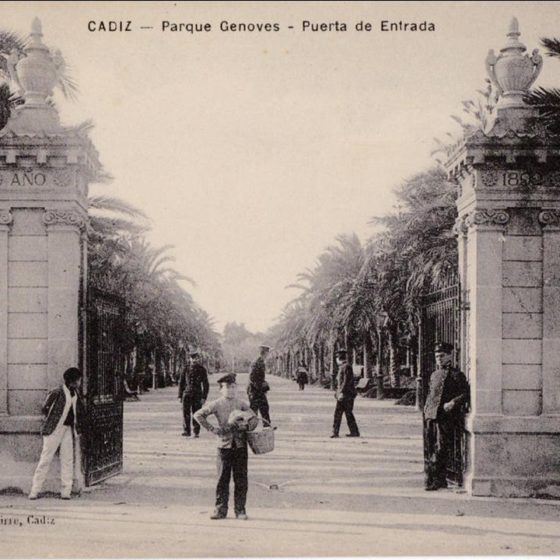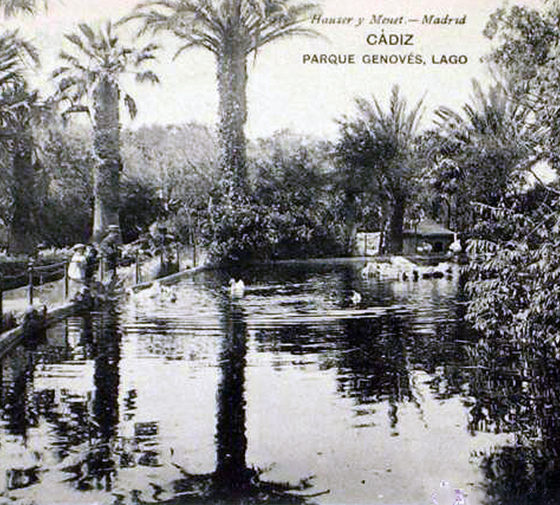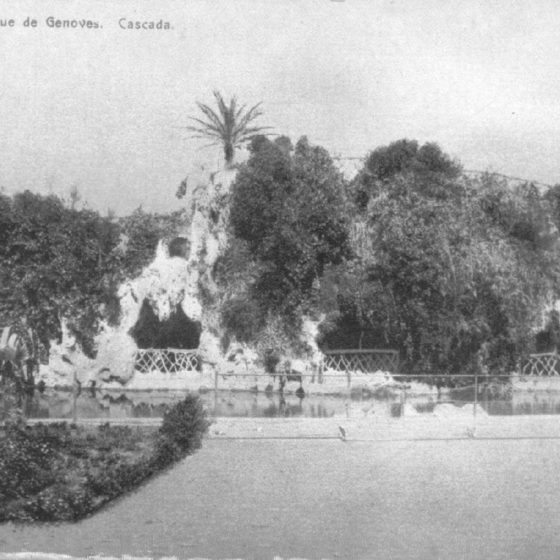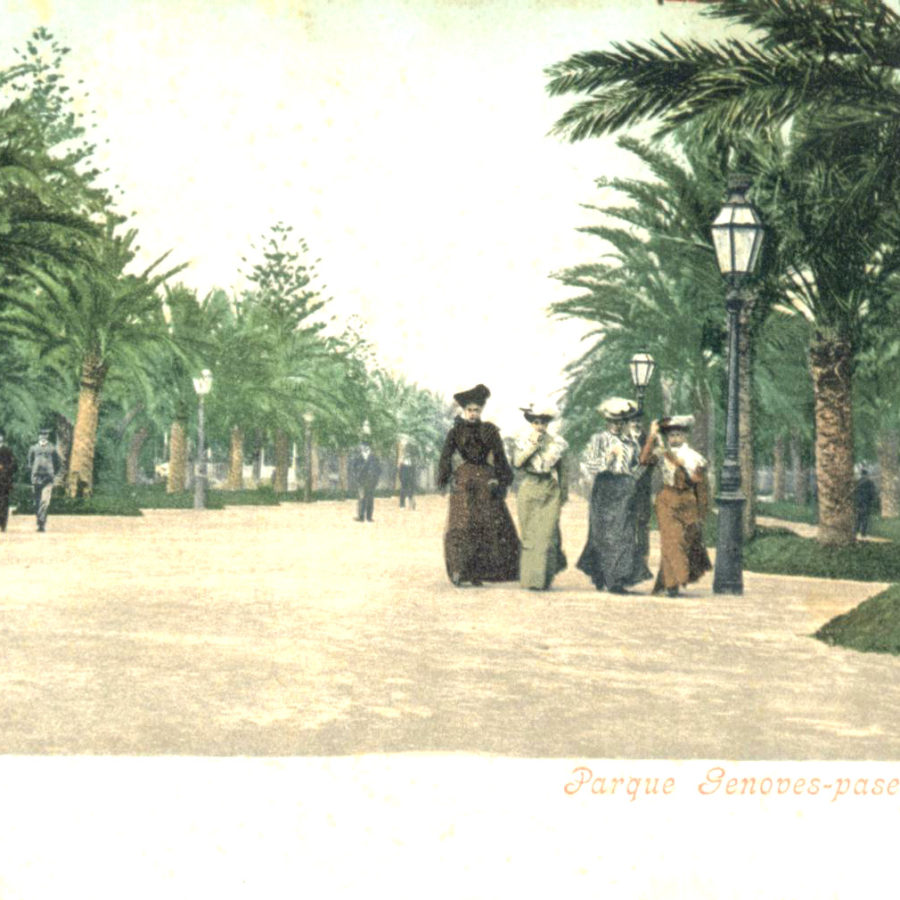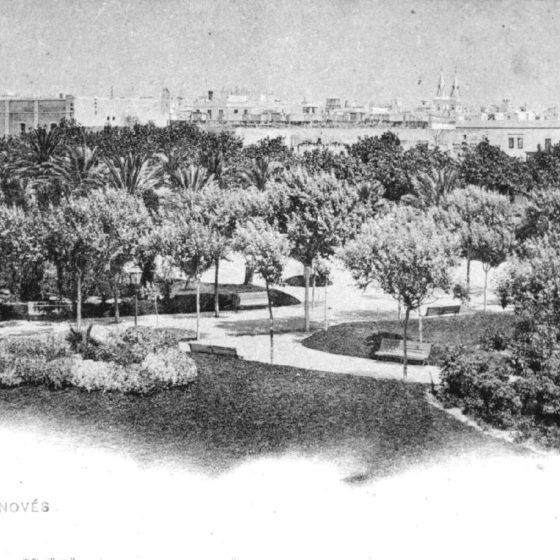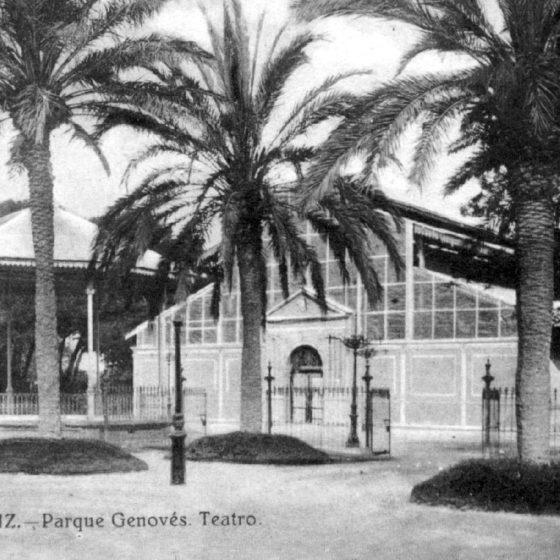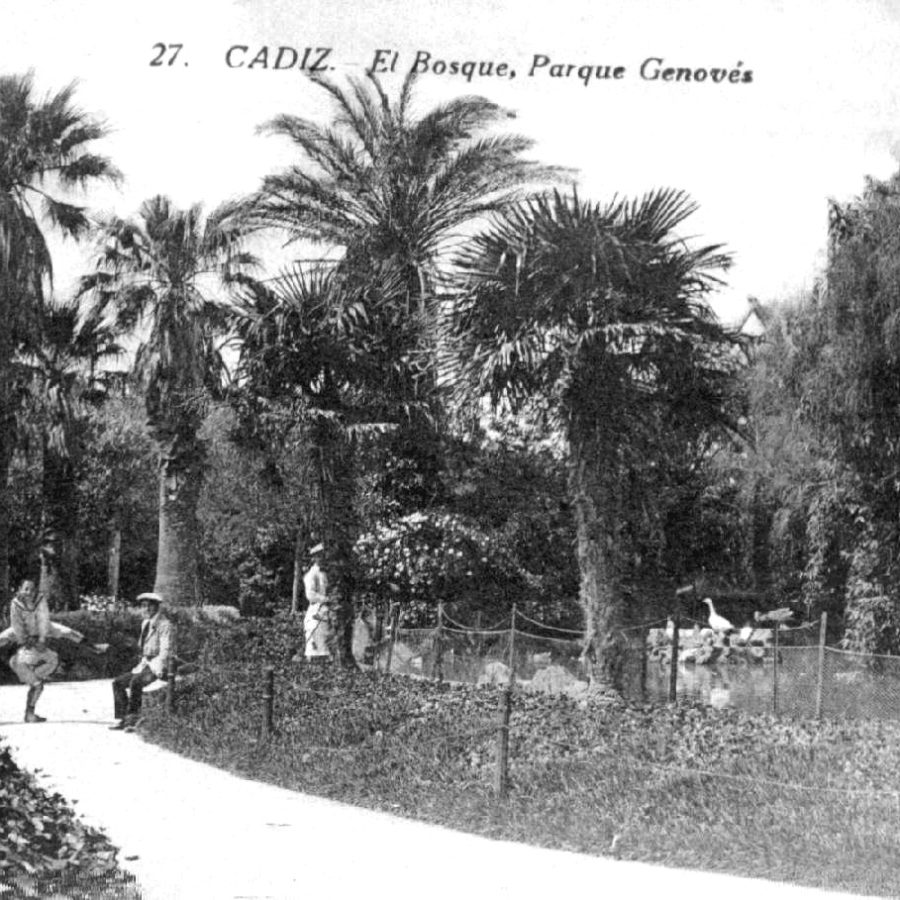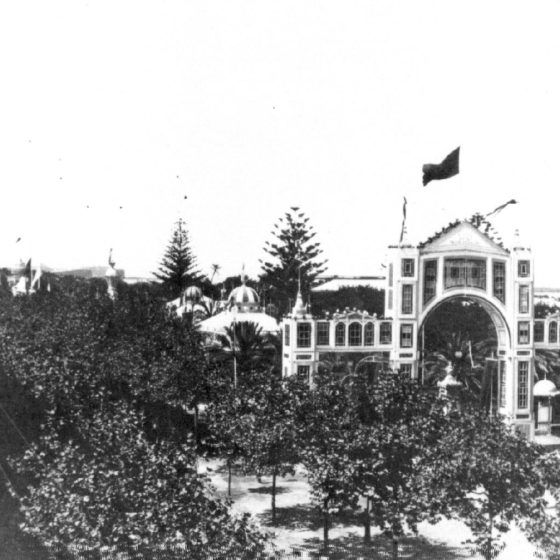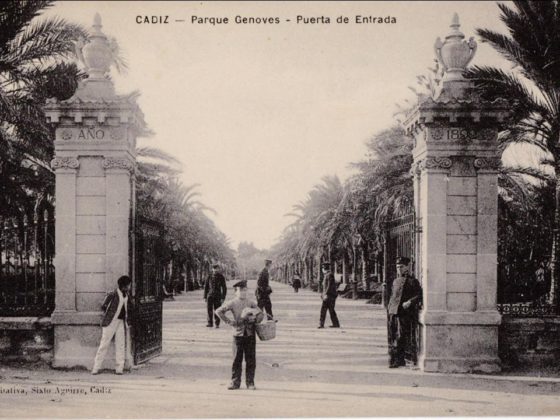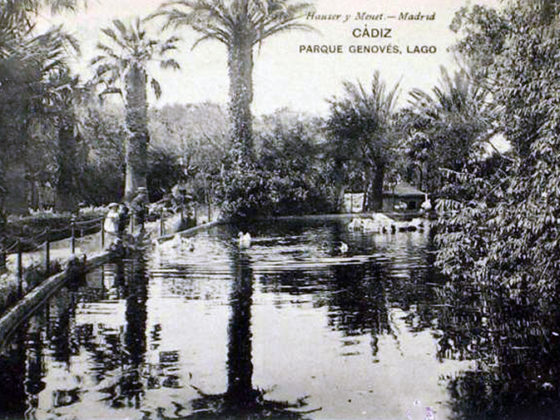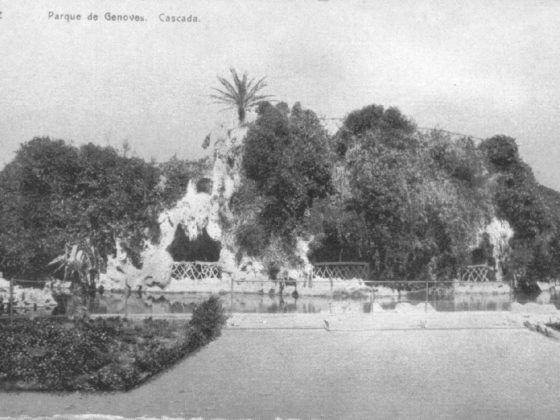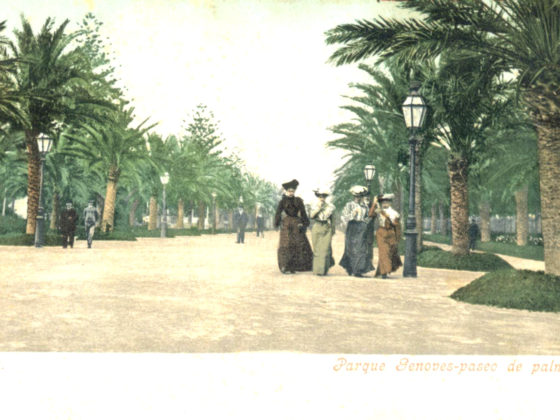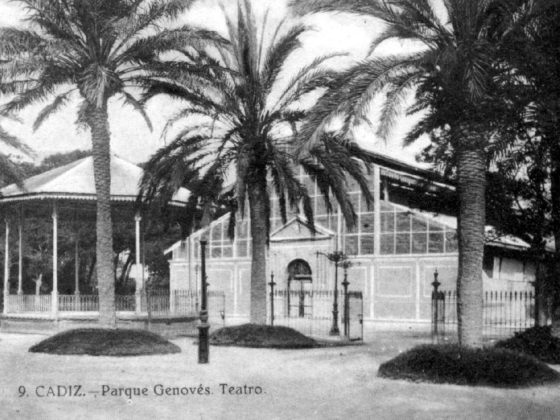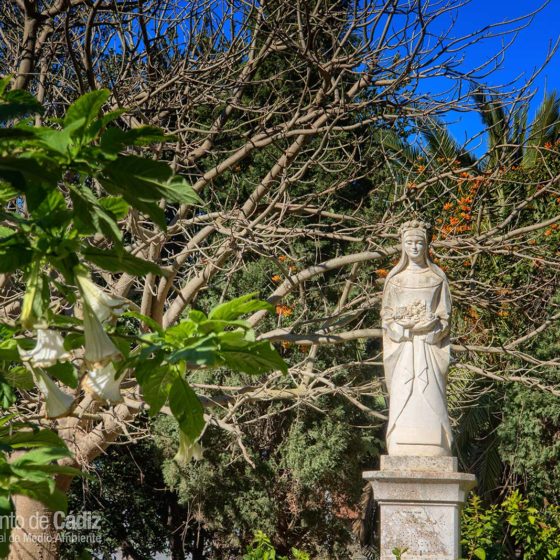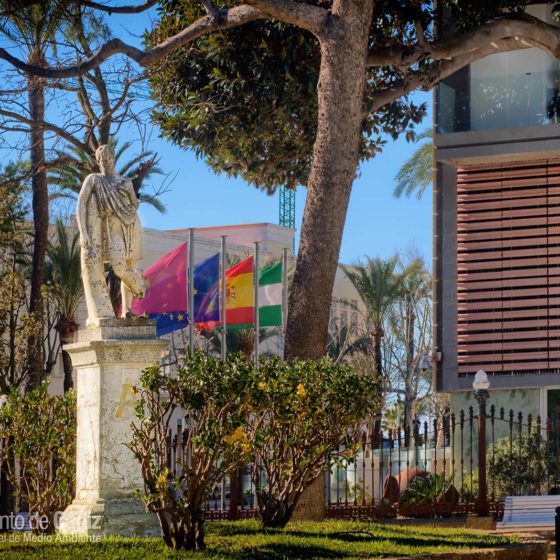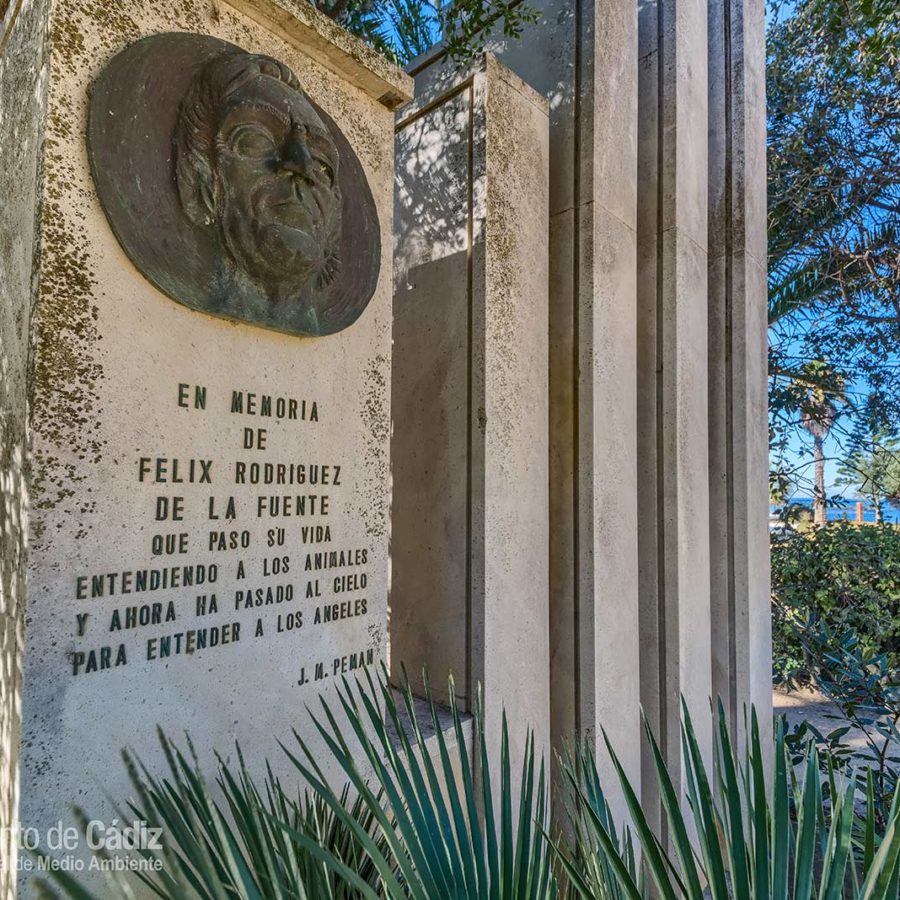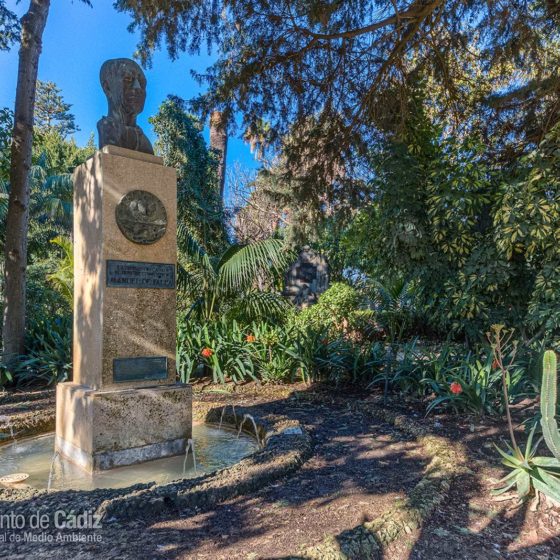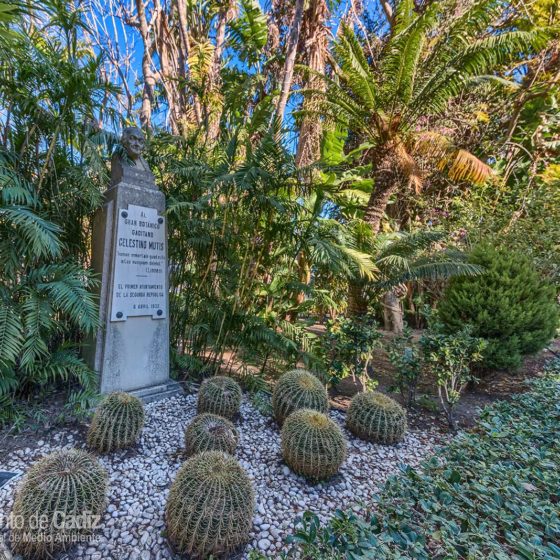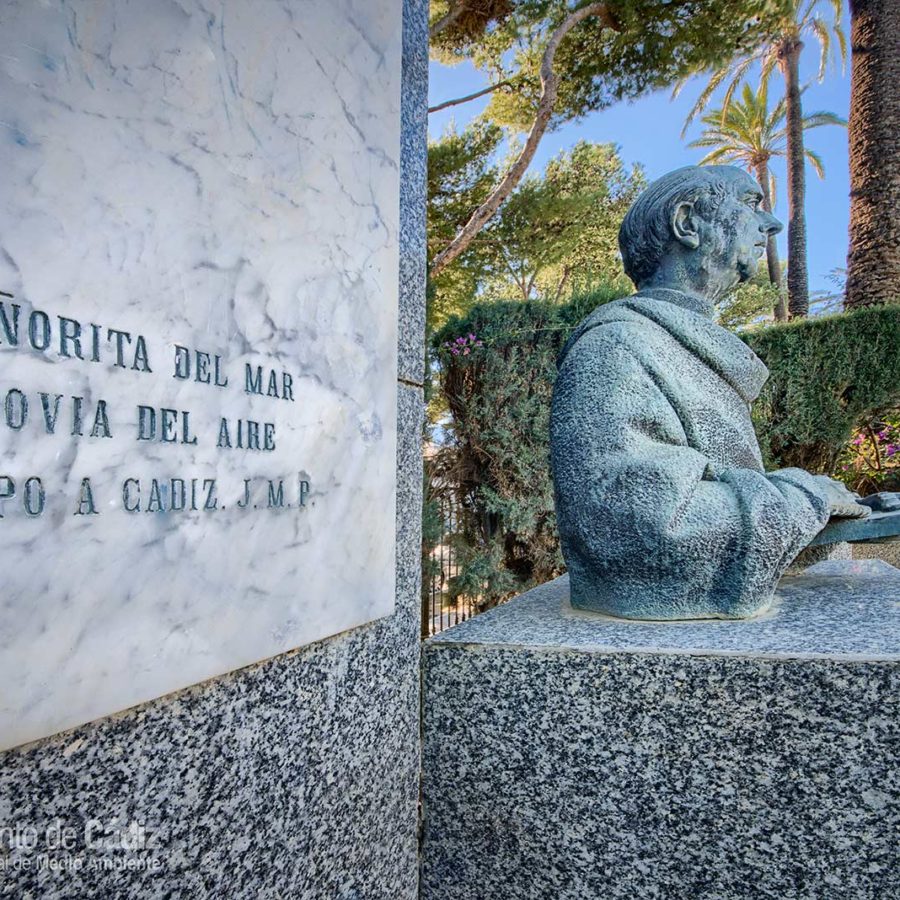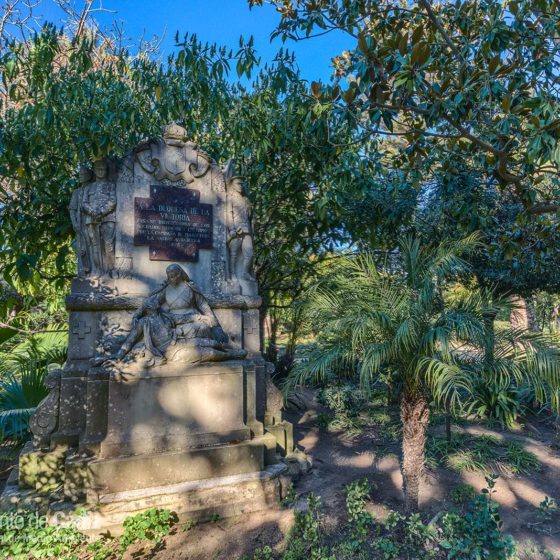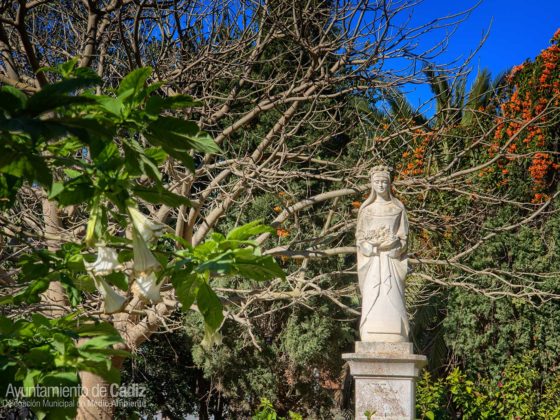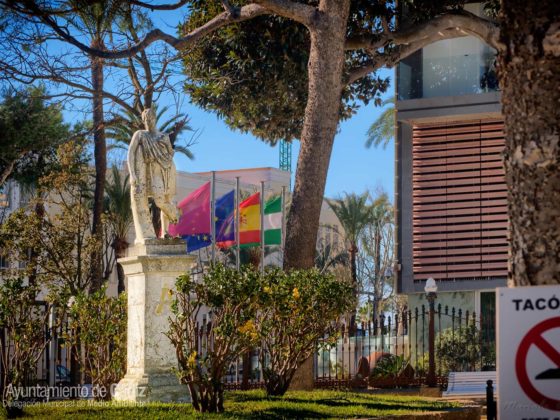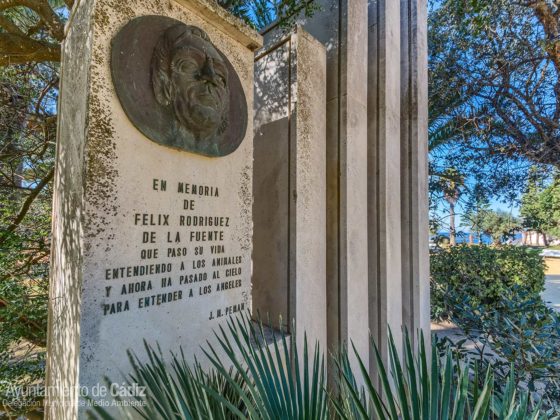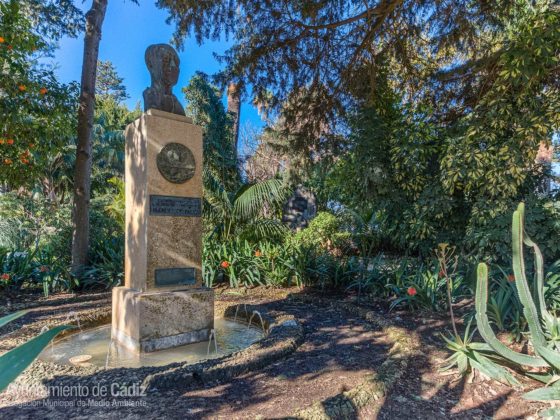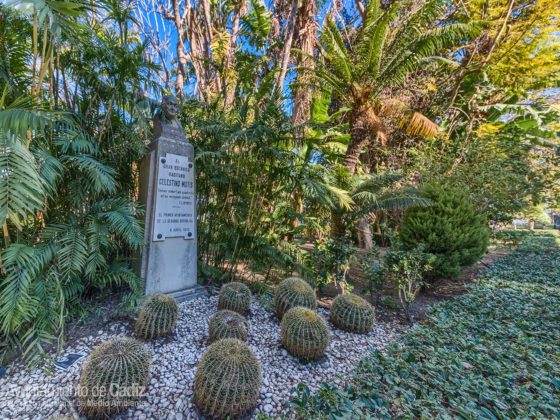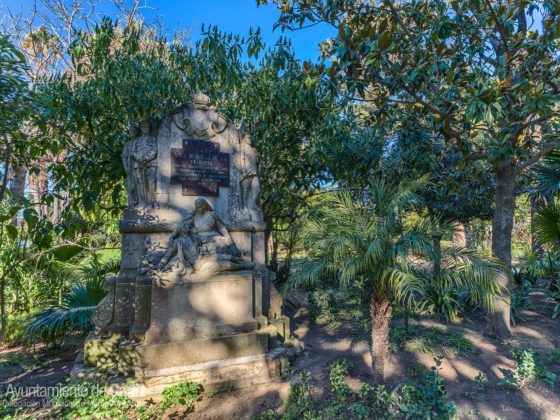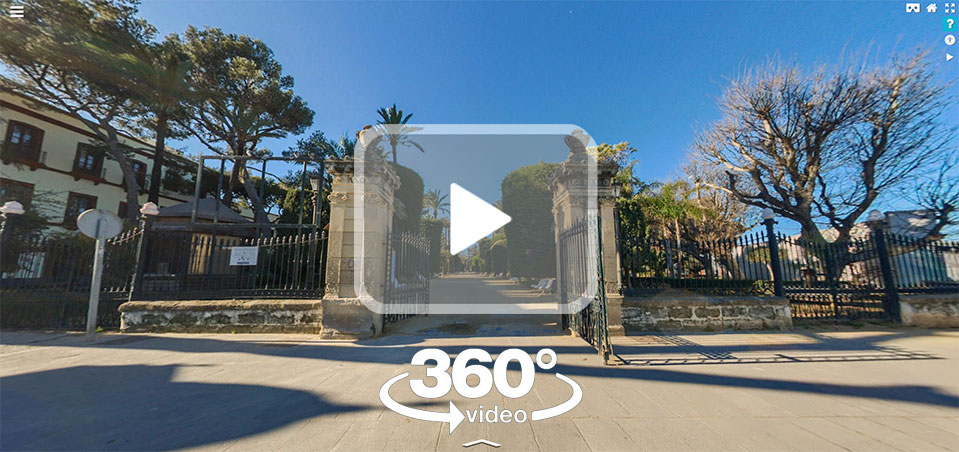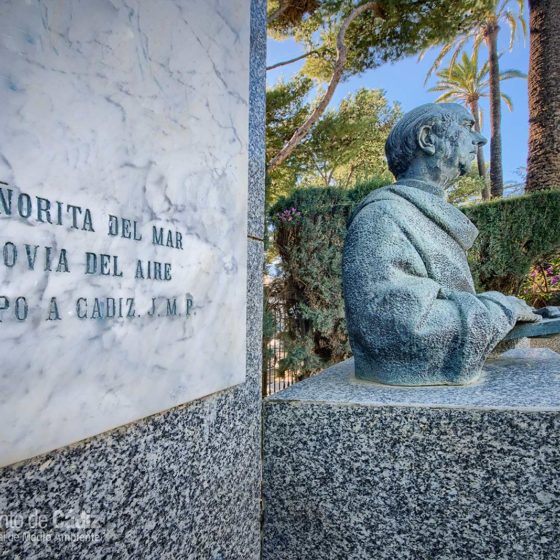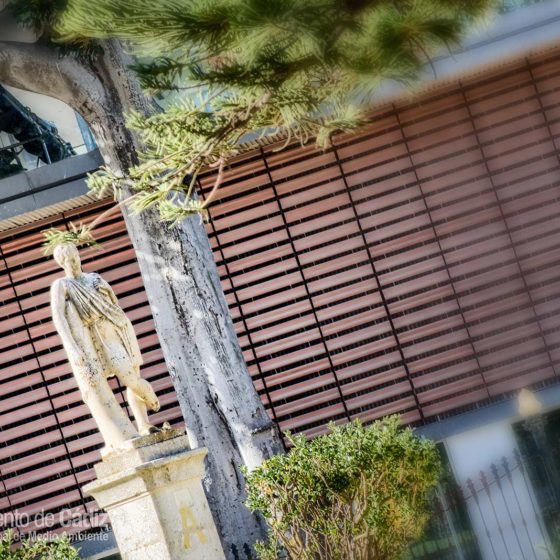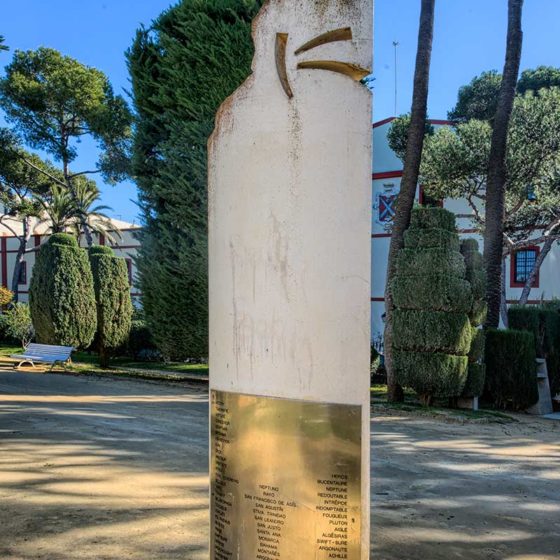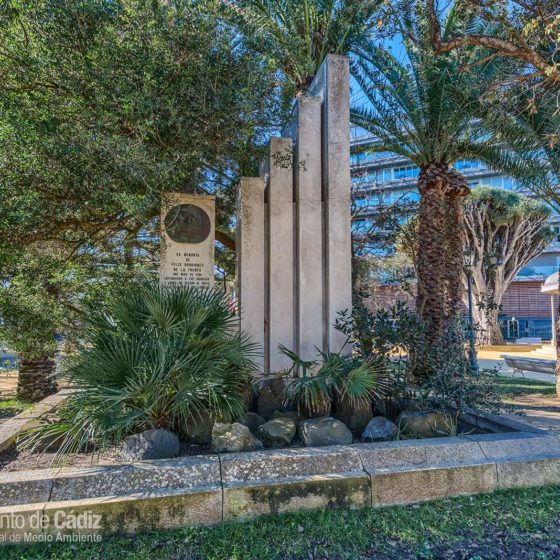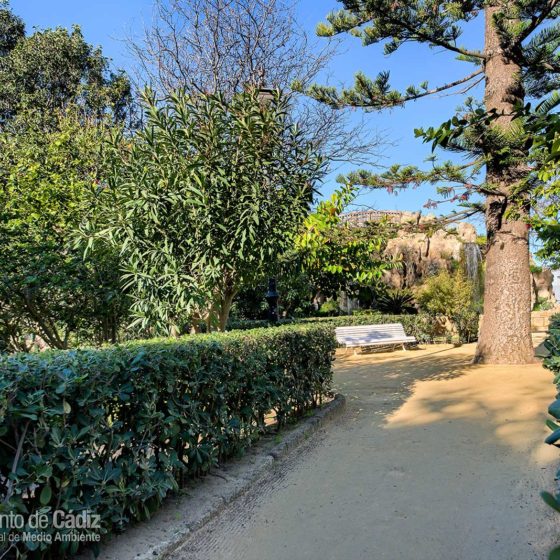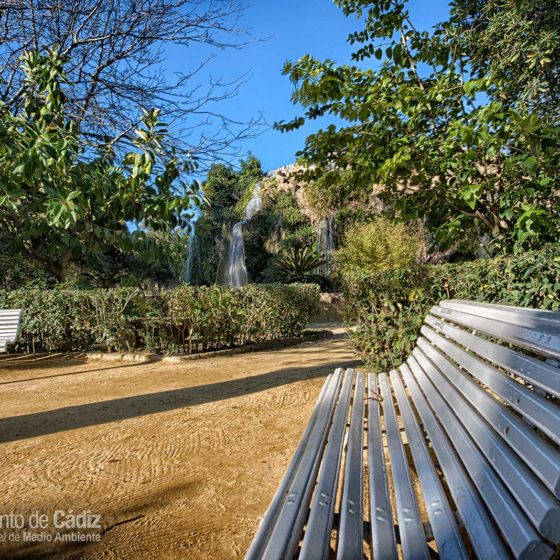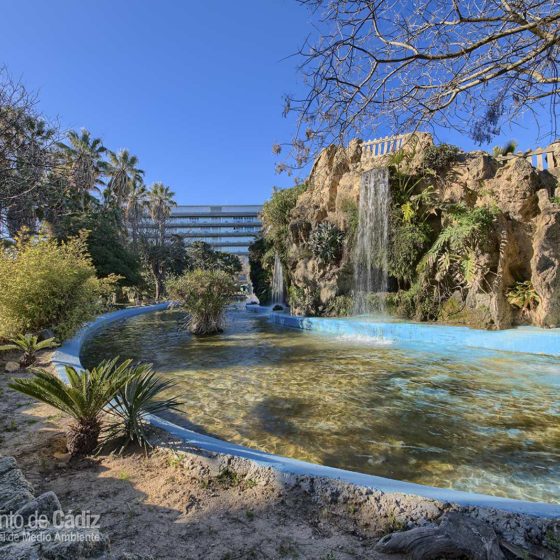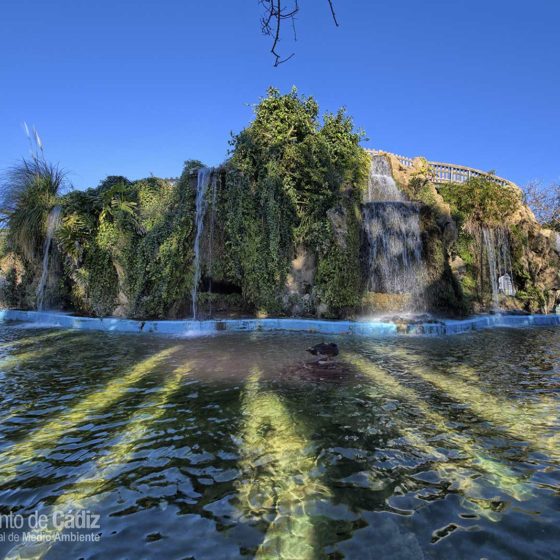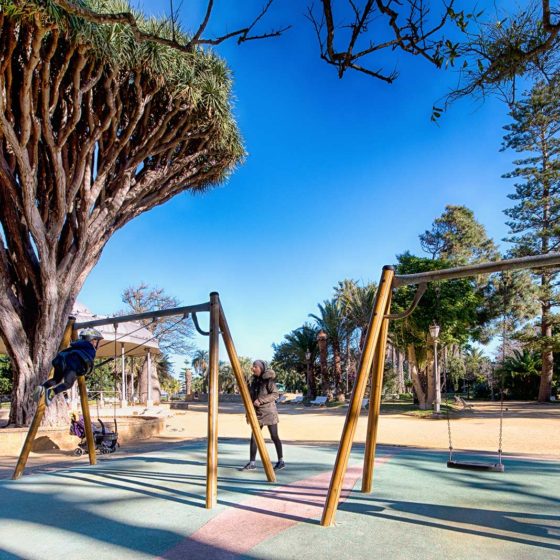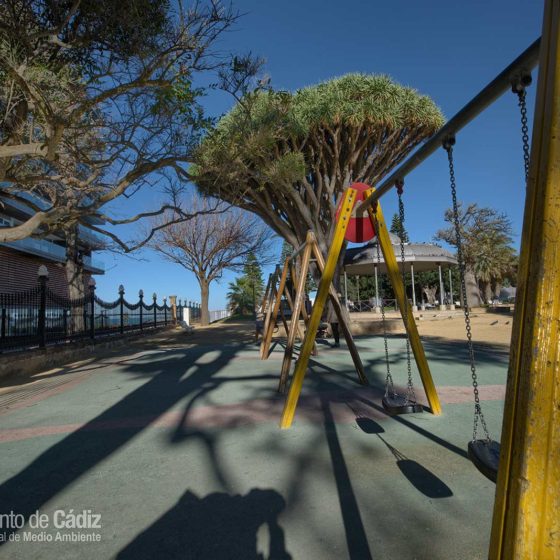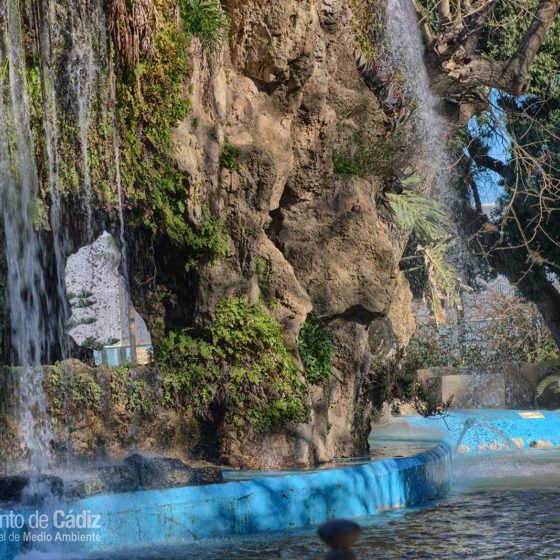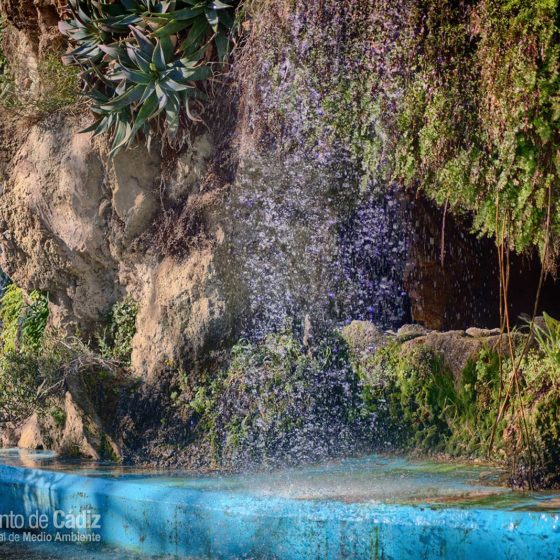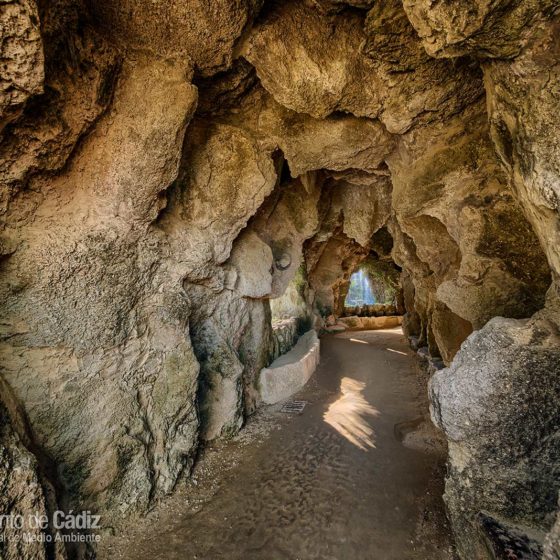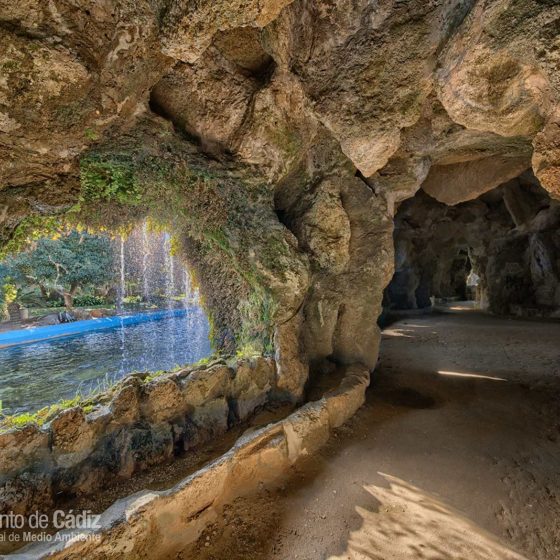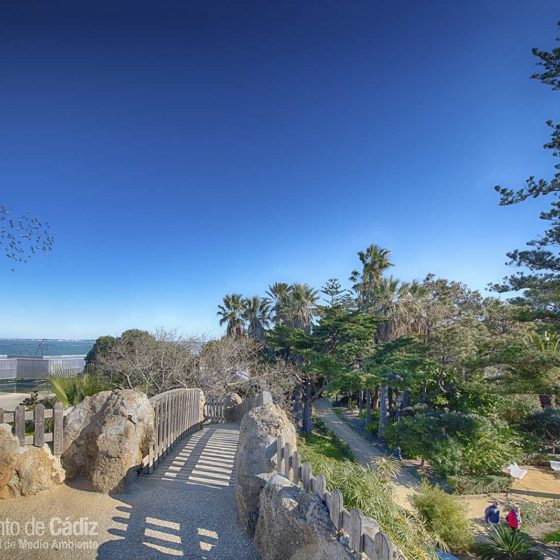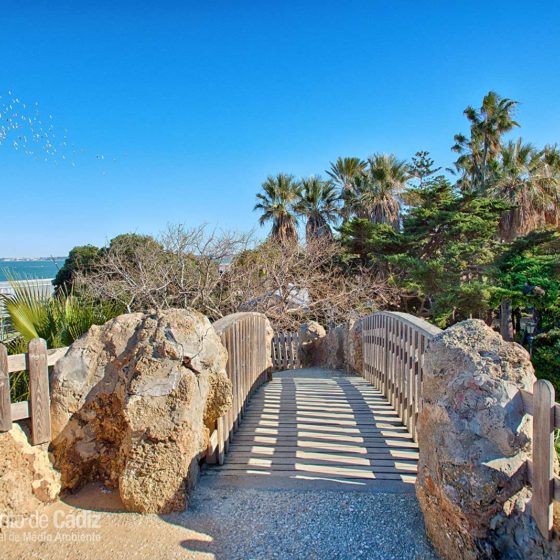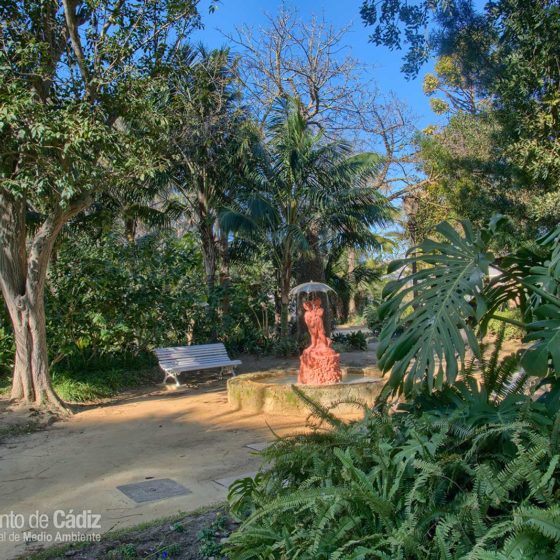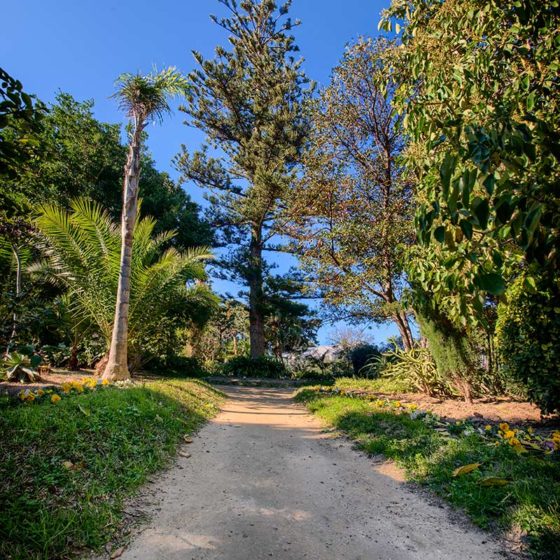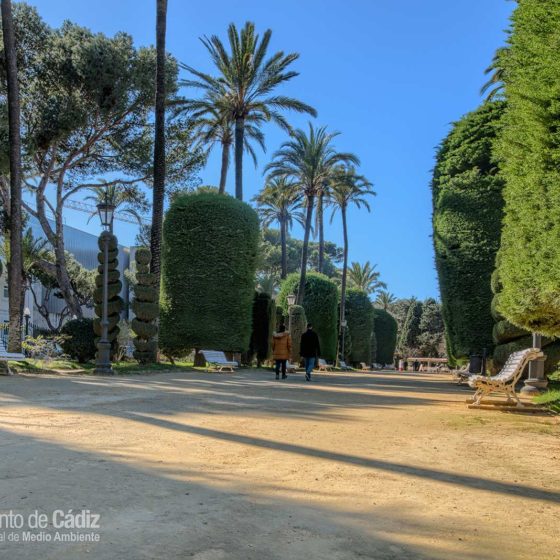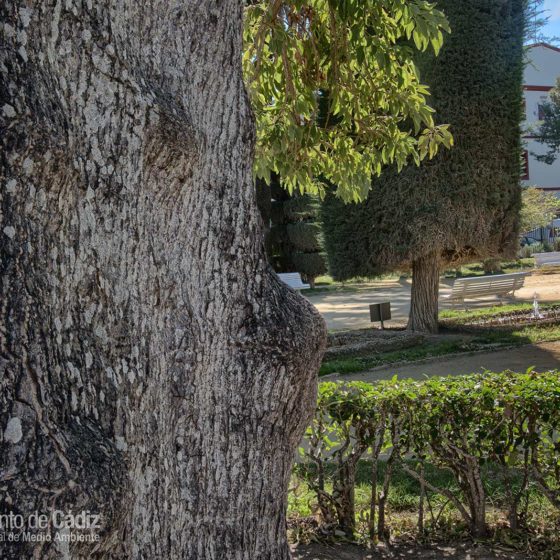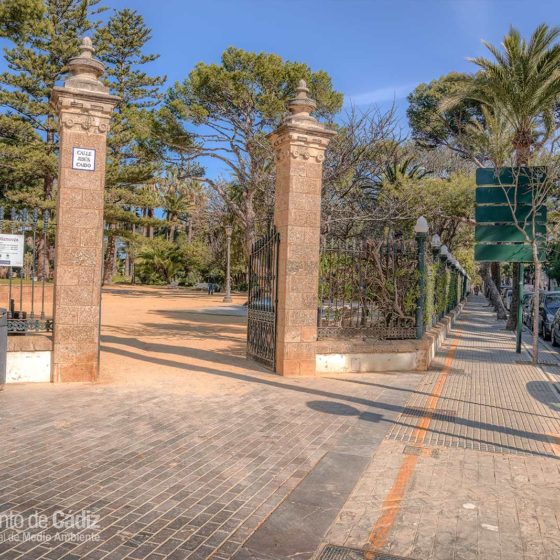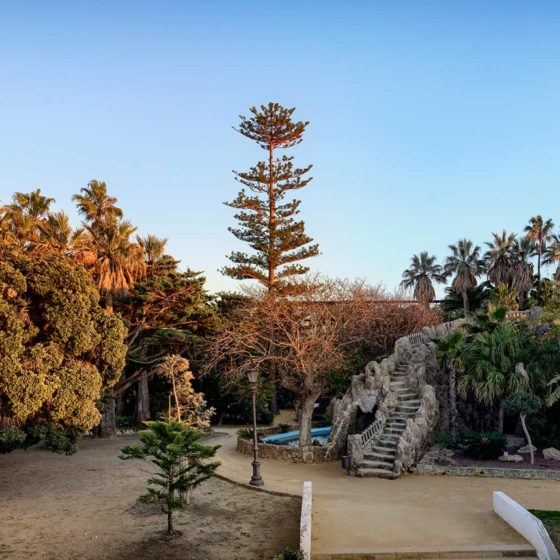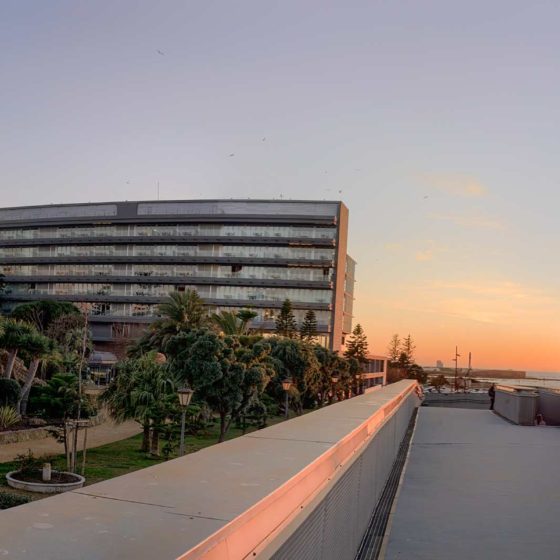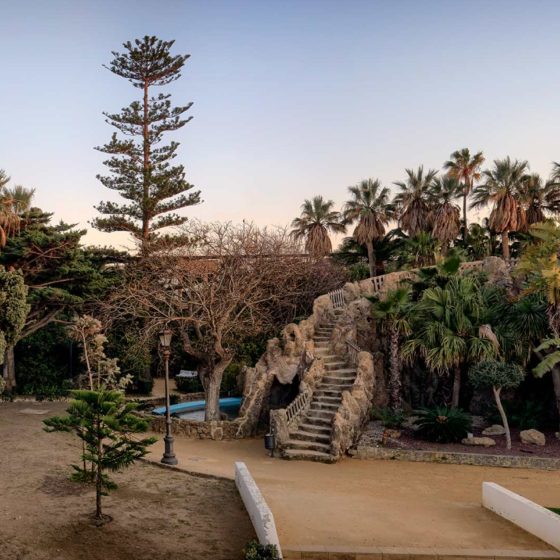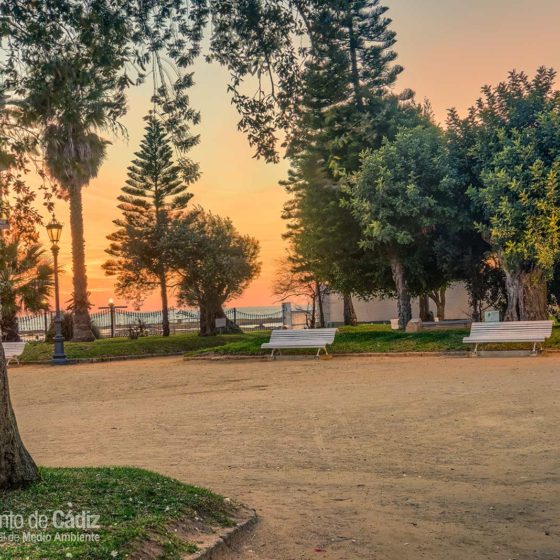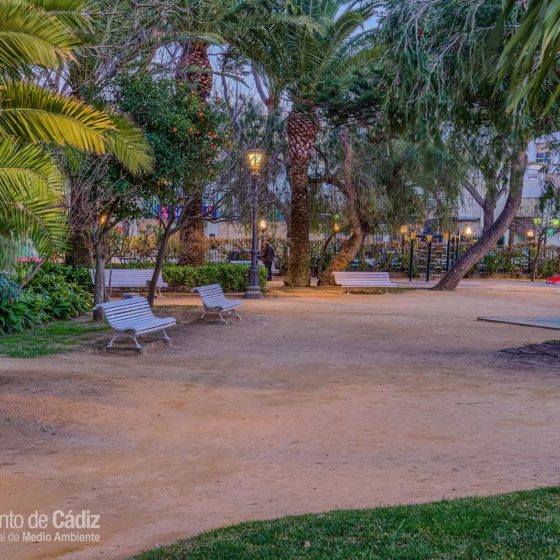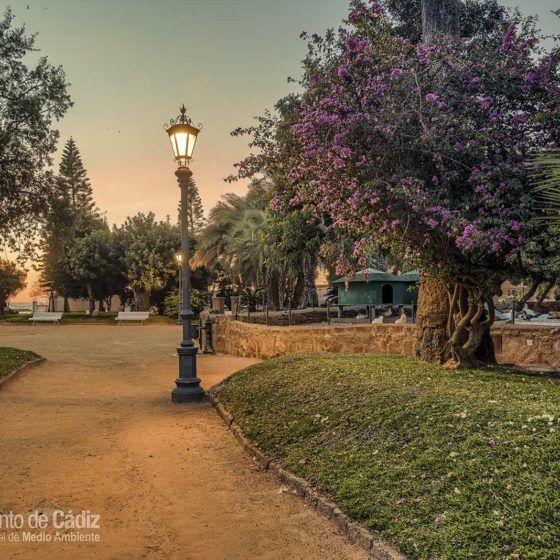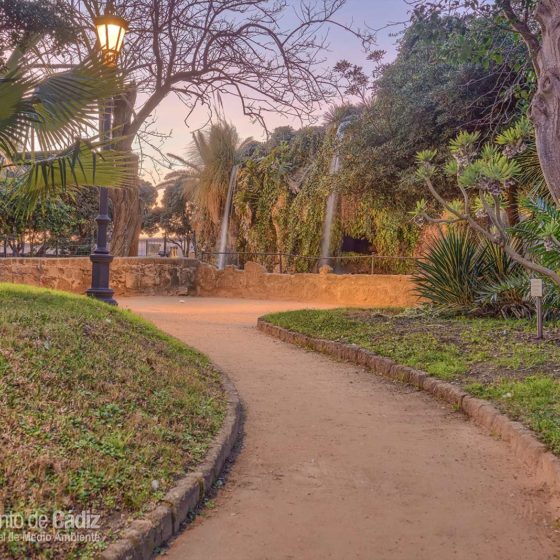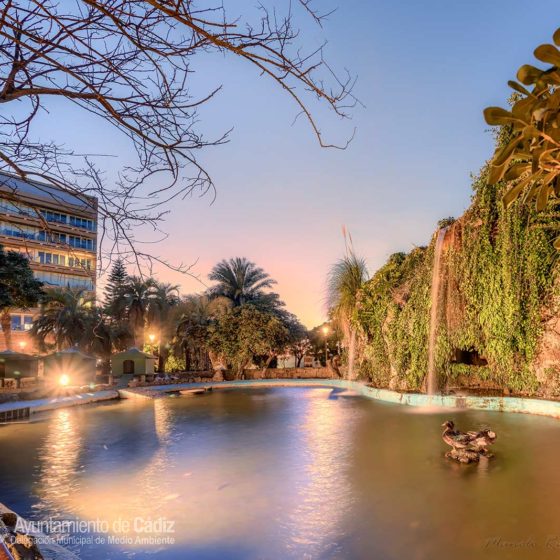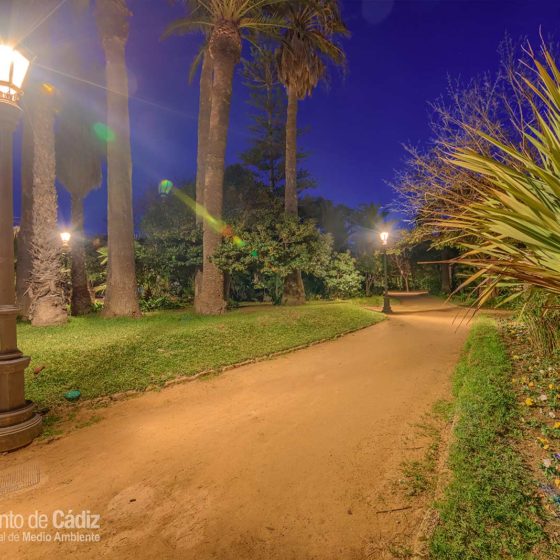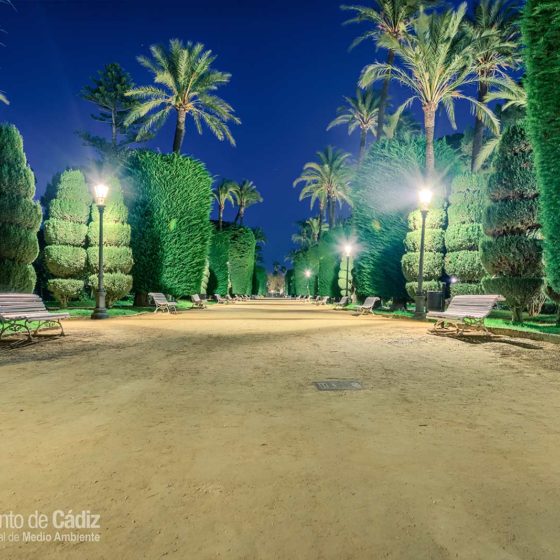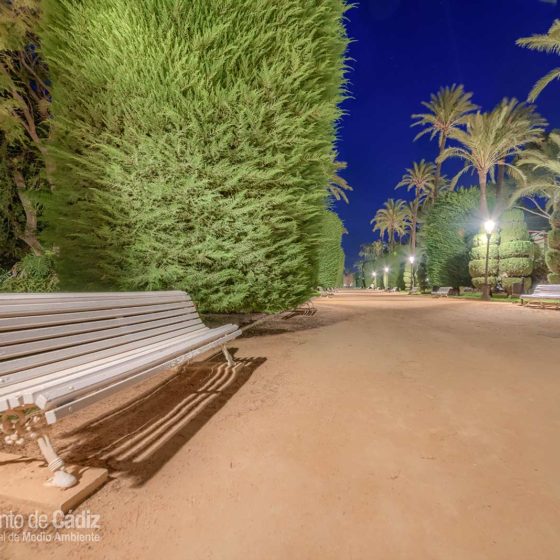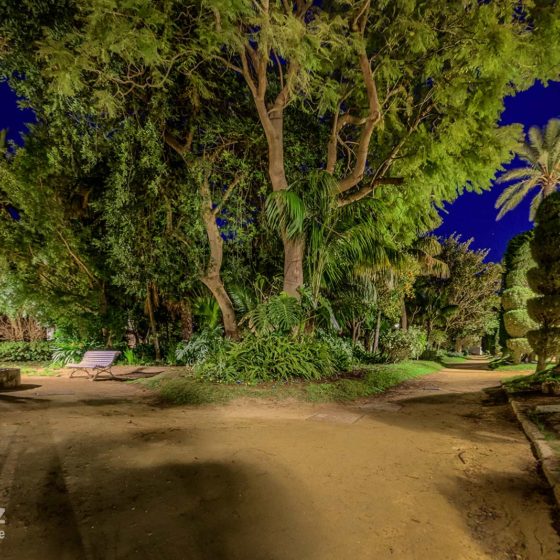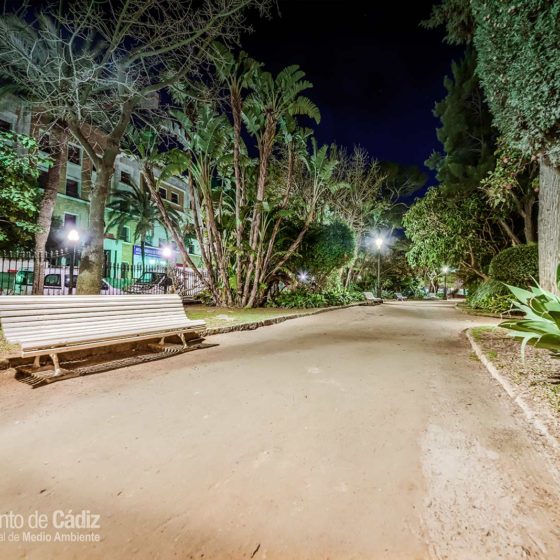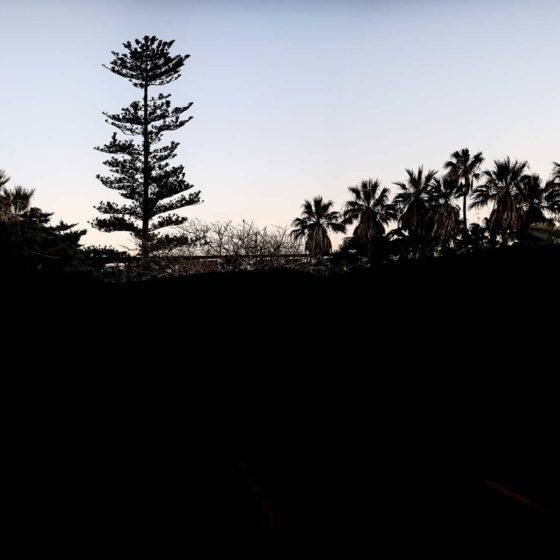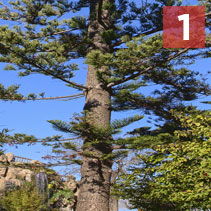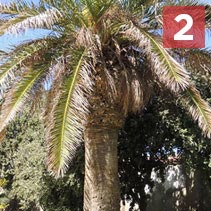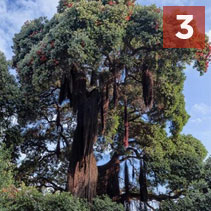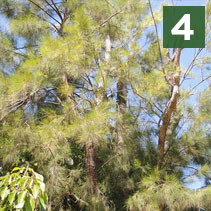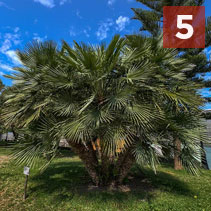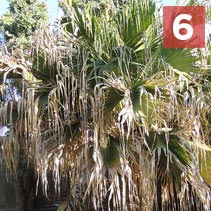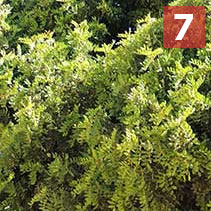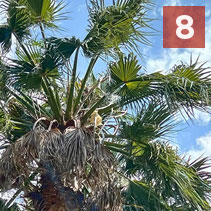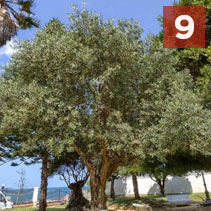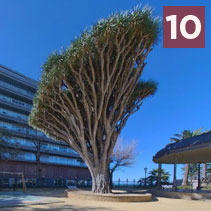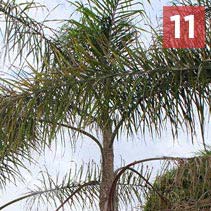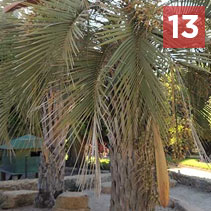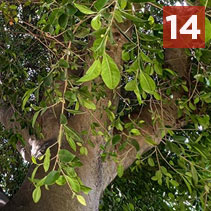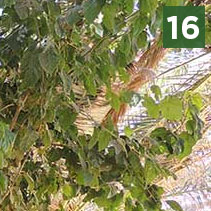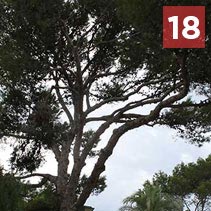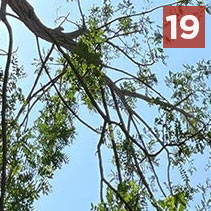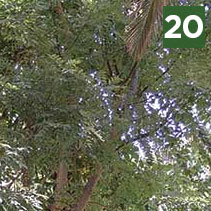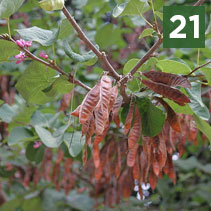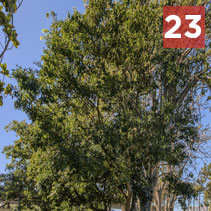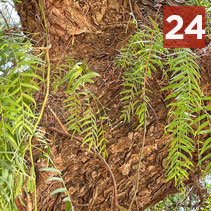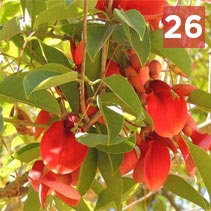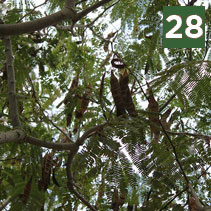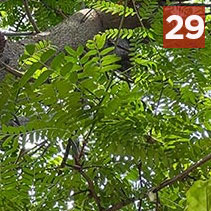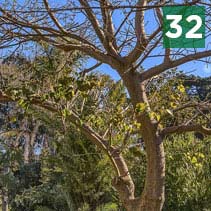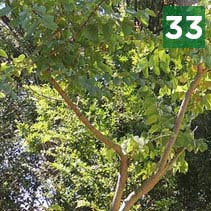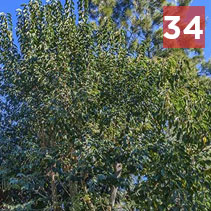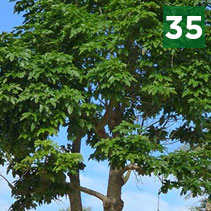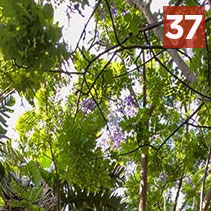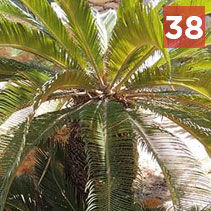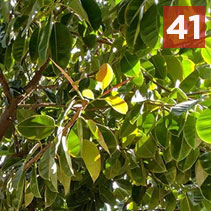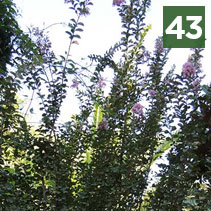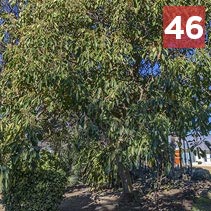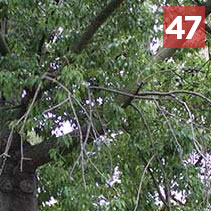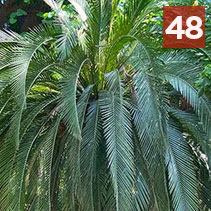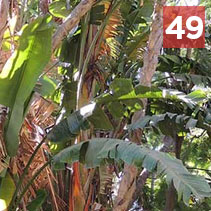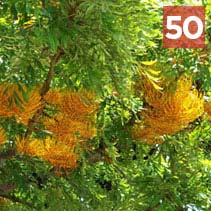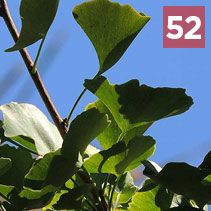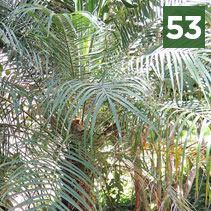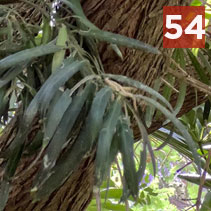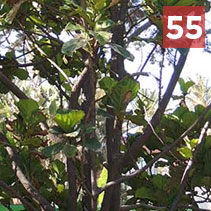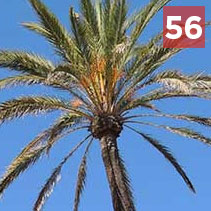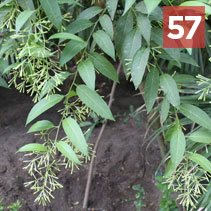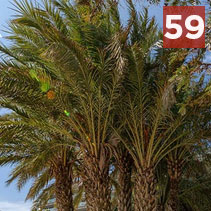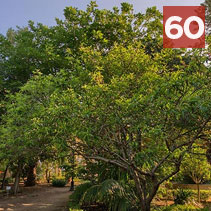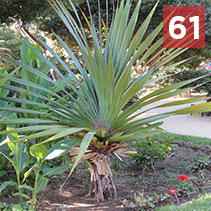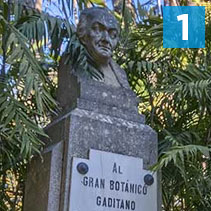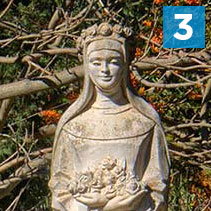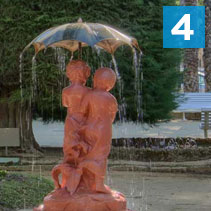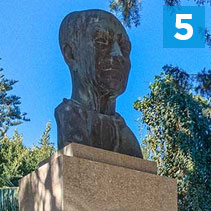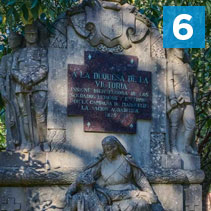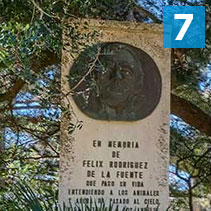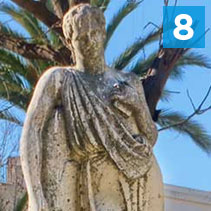Iconic place
Genovés Park, is one of the most emblematic, serene and popular places in the City of Cadiz. It has an area of 30,000 m² and was inaugurated in August 1892 with its current structure. Until the year 2012, along with the construction of the Celestino Mutis Park, it was the largest green area in Cadiz city, and now it is the second largest green space in the city, but the largest within the dense historic centre.
Description
History
Sets of sculptures
Description
It was declared as an Asset of Cultural Interest (BOJA 19/3/2004) by the Junta de Andalucía and is included in the General Catalogue of the Historical Heritage of Andalusia. It preserves its image of a Botanical Garden in a Romantic style from the 19th century.
The park has an almost-trapezoidal shape, bordering the Atlantic National Parador on Jesús Caído street, with the maritime border through the Paseo de Santa Bárbara, with Avenida Duque de Nájera on its extension called Avenida Doctor Gómez Ulla and the Paseo de Carlos III through the Plaza Rocío Jurado.
From the main entrance, in Rocío Jurado Square, there is direct access to a wide central avenue, divided into three streets by a double row of symmetrical flowerbeds. This highlights the emblematic image of the oyster stone fountains flanked by Mediterranean Cypress trees (Cupressus sempervirens) in the corners and Monterey cypress (Cupressus macrocarpa) in the centre, all with rounded forms, typical of the English-style pruning carried out on them. Between both species there are small examples of Date Palms (Phoenix dactylifera) that together make up the Central Park Walk, providing a picture of great beauty.
The rest of the park is characterised by its asymmetry, which is manifested both in the diversity of forms of its flowerbeds and in the irregular layout of its walks. You can count more than 150 different species of trees, palms and shrubs, most of them being exotic, as they come from other continents. Thanks to the exceptional “microclimate” of the city of Cadiz, these different species have adapted to live in our city.
Some species should be noted, either for its exemplary nature due to its spectacular size, or for its uniqueness. These are: the Canary Islands dragon tree (Dracaena draco), a centennial tree and very characteristic in the city, the pohutukawa (Metrosideros tomentosa), a species from New Zealand and which represents one of the most relevant specimens that exist in Europe. You can also find two varieties of Araucaria present in the Park (A. excelsa and A. bidwillii), some of whose specimens are the oldest in this botanical garden, which can reach a height of 50 metres.
Also noteworthy are other examples, such as the copy of a Silk Floss Tree (Chorisia speciosa), American cypresses and various other species of palm trees.
One of the highlights of the park is the pond with the waterfall, through which there is a small cave. In addition, the park has a series of architectural and sculptural elements among which the sculptural group ‘Children under the umbrella’ (´Niños bajo el paraguas’), commonly known in Cadiz as ´the fountain of the children of the umbrellas´ (´la fuente de los niños del paragüitas´). There are sculptures dedicated to José Celestino Mutis, the Duchess de la Victoria, José María Pemán, Félix Rodríguez and to the Battle of Trafalgar, as well as a remarkable set of street furniture with gates, lampposts and a kiosk all in the style of the time.
Inside the Park is the José María Pemán Summer Theatre, currently awaiting the new construction to resume.
History
The garden dates from the end of the 18th century, when it was popularly known as “Paseo del Perejil”. It was considered a place of recreation for the people of Cadiz at that time, with a poor, modest and sparse vegetation. It was located between the barracks of Camposanto and La Bomba and there was a wall that surrounded the sea. This area remained outside the urban expansion experienced by the city throughout the eighteenth century, which was subject to military use.
However, with the passage of time, various renovations were undertaken, which increased its beauty and allowed for a greater variety of species.
Thus, with the demolition of the Columela Barracks in the mid-nineteenth century, one of the most outstanding transformations took place. A wide, tree-lined avenue was created, leading to a garden, located on the former site of the barracks. It houses leafy trees, with almost all of them brought from overseas, notably the American Cypresses.
After that, Genovés Park was consequently known as Paseo de las Delicias and became a leafy garden. In 1869, “because of the spacious and well-urbanised park”, the annual celebration of the Evening of Our Lady of the Angels, Velada de Nuestra Señora de los Ángeles, (Velada del Corpus) which takes place during the first half of August was moved here. Until then, the celebration had taken place in Isabel II Square and Aduana street (formerly Pescaderías Street).
On the Paseo de las Delicias, located on the seafront west of the city, stands an extensive gallery, divided into a large number of compartments or boxes, which the City Council awards to the authorities, corporations, casinos, private circles and families. In the middle part within the structure of the gallery, we can find an attractive Arab-styled temple with a slender dome. The adornment and furniture of each of these compartments presents an exquisite variety, rivalling everything in luxury and good taste. Crystal chandeliers, candelabra, whimsical vases, rugs, mirrors, pianos, couches ; nothing is missing there, whilst hundreds of Venetian lanterns hang from the outer and upper parts of the gallery serving as an introduction to the elegant lines.
In front of the entrance by Méndez Núñez Square, the society of the Casino of Cadiz has erected its magnificent store, a model of elegance and good taste, and which is the most favoured meeting point of the elegant ladies and beautiful young people.
Also beyond the main gallery which we have spoken about, another gallery has been erected, where many people go to relax, and a place in which you can hear the sound of the sticks and the guitar, which are heard among the claps of the commotion of the city´s songs. On both sides of the general structure of the building, there are two streets with thousands of seats for the public, one of these streets runs alongside the garden which is brightly lit by Venetian lanterns and coloured glasses. At the end of this section a pretty square has been formed, in the middle of which stands a picnic area, and in it a statue of Flora surrounded by its attributes. One of the lateral wings of this small square has been destined for the raffle that the Society of Ladies has promoted for charitable objects. The bordering wing encloses a restaurant. Many of these, as well as ice cream shops, cafés and other similar establishments occupy the first half of the premises of the Velada, and in the rest of it you can find nougat stalls, sweets, hazelnuts, small doughnuts and wafers.
The sight that the Velada presents in the peaceful nights, typical of the season, is indescribable. Seven thousand lights surround the gallery, without counting the hundreds that burn in the squares and in the stores. There, one dances to the rhythm of the pianos or of the five bands of music, on stages built for the purpose. Friendly families meet to chat pleasantly and to enjoy the charms of that beautiful scene. The square is full of life. Thousands and thousands of people come and go, they fill the streets of the area, they sing, they laugh, they dance, they eat and they drink. Despite such a big crowd, composed of all classes of society, it would be hard to find even the smallest of disturbances or brawls. The police are completely redundant.
Other attractions have also contributed to give greater interest to La Velada, such as acrobatics in the afternoon, fireworks, Bengal lights and balloons. On festival days in the morning, ribbons were tied and there were several versions of cucaña (a tall, greased pole, which a competitor climbs up in order to reach a prize at the top). The Velada de Cádiz continues like this nowadays. Thanks to the amount of detail that goes into this celebration, it has matched the fame of culture and good taste enjoyed by this beautiful city.
Francisco Flores Arenas
But it was not until the end of the 19th century when, with the then mayor of the city, Eduardo Genovés, the park was expanded and remodelled with the design that we currently know, consolidating its romantic aspect and the layout it still presents. So, in the year 1892, during his last period at the head of the City Council, Eduardo Genovés y Puig, Mayor, President of the Local Government and Senator of the Kingdom, undertook the reformation of Paseo de las Delicias, a reform initiated by Mayor Juan Valverde, to whom he was a faithful follower in his policy and projects.
In order to do this, a new design was carried out, based on the old garden, but making an extension with the “Forest of the Army” (“Bosque del Ejército”). In charge of this change was Catalan gardener Ramón Oliva Bogunyá, who was the Director of the Public Gardens of the City of Barcelona. Although he held this position in Barcelona, he worked throughout the Spanish state and was appointed, among other positions, as the Director of the Genovés Park in Cadiz and Director of Gardens and Farming Lands of the Royal House. Under his direction, projects such as the Ciutadella de Barcelona Park, the Robert Palace Gardens in Paseo de Gracia and the improvement of the Campo del Moro Gardens in Madrid were carried out.
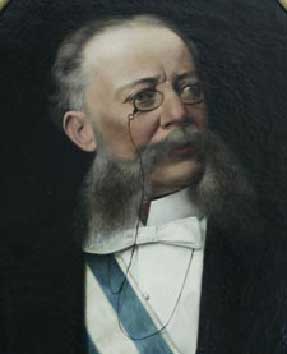 |
|---|
| Eduardo Genovés. |
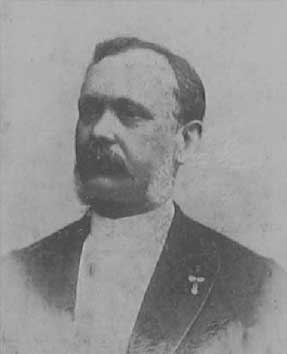 |
|---|
| Ramón Oliva. |
Oliva and his collaborators devised a larger, asymmetrical park with beautiful and spacious gardens that included a wide variety of botanical species from all continents, some of them were of extreme rarity and spectacularity. Some other ideas included fountains, a waterfall with a lake, a tea room and even a summer theatre, whose metal structure was the work of Gustave Eiffel.
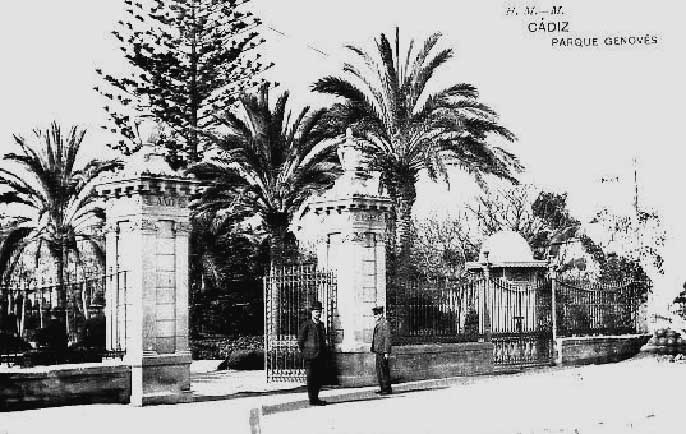 |
|---|
| Entrance to the Rocío Jurado Square. |
 |
|---|
| Central Walkway |
 |
|---|
| The Waterfall. |
 |
|---|
| The Lake. |
In the 30s this structure was destined to house the market of La Merced, in the square of the same name and known by the people of Cadiz as “Del Piojito”, due to the market that began to be located there on the outskirts of the building that housed the market (mercado de abastos). This structure has recently undergone a restoration and is still integrated into what is now the Municipal Centre of Flamenco Art.
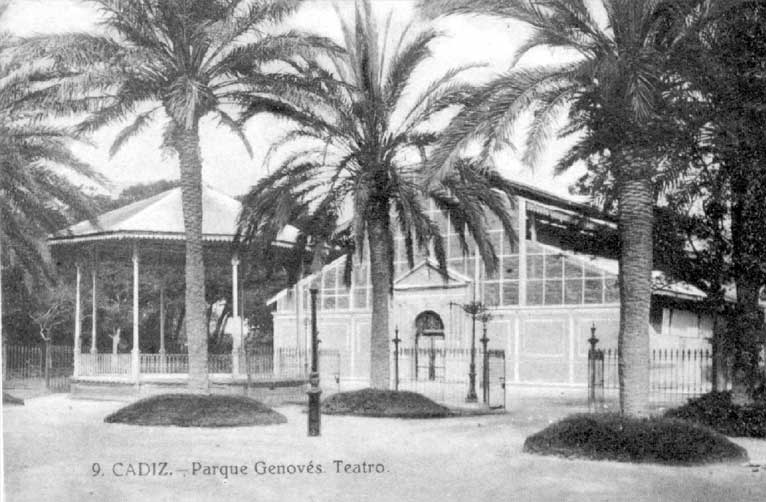 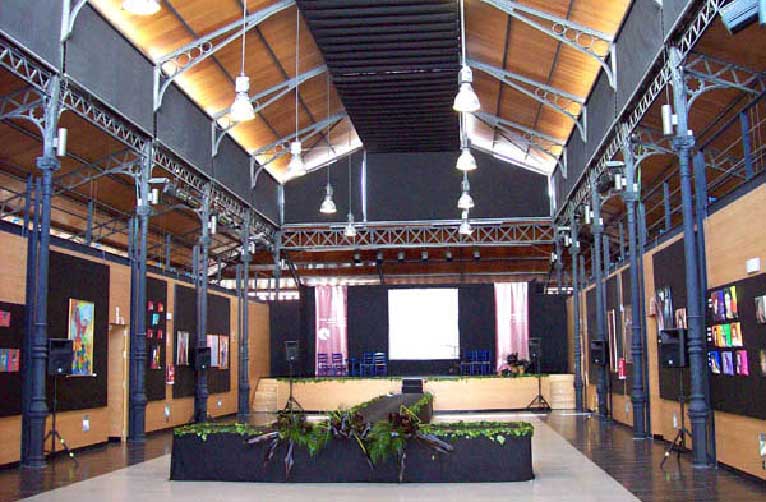 |
|---|
| Structure of the old theatre in Genovés Park in La Merced Flamenco Art Centre. |
In 1942, a rustic picnic area with an orchestra area was opened next to the Rose Garden of Genovés Park, owned by the municipality, right where the José María Pemán Theatre would later stand. It was Cortijo Los Rosales, a famous nightclub in Cadiz, which offered nightly performances during the summer and was in candlelight until 1970, when it closed its doors.
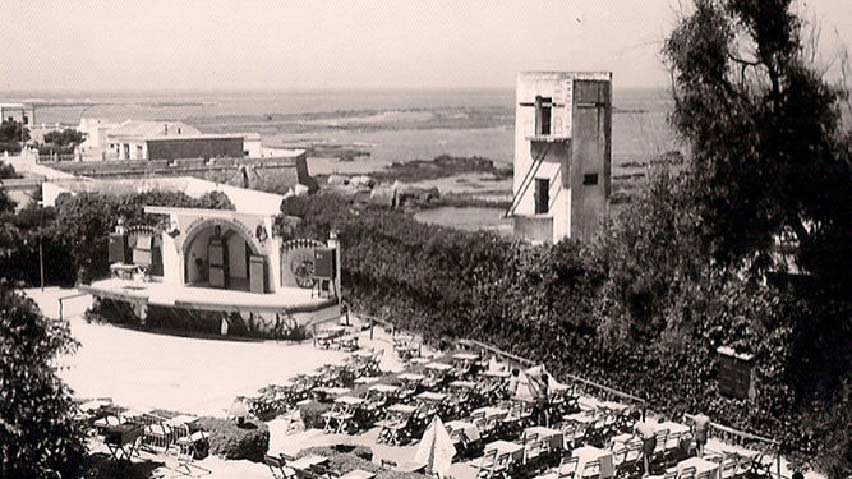 |
|---|
| Cortijo Los Rosales. |
Later another summer theater was built in another part of the park, which was named after José María Pemán, in honour of the famous writer, journalist, playwright and poet from Cadiz. The theatre, after offering great shows during the summer nights, is temporarily demolished to build a more modern one, whose works are still taking place.
Sets of sculptures
Among the sculptural collections of the Park, we can find the fountain “Children under the umbrella” (“Niños bajo el paraguas”), donated by the illustrious and Cadiz benefactor Aramburu Family at the beginning of the twentieth century. Before being in the Park, this fountain was in the main courtyard of a house in San Antonio Square, until in 1907, the owners made some works to adapt the house to modernist taste of the time. It was to be a wedding gift for a niece who was going to live in the house. In its place, a marble staircase was built, which can still be seen in the building.
The fountain was acquired in Paris on the occasion of a business trip by the Aramburu family. After its donation to the city, it was installed in Genovés Park. It wasn´t placed in the same position that you can find it currently, but was placed just at the entrance door that exists in Paseo de Santa Bárbara until the 60´s which was when it was moved.
This fountain (Fuente de los Niños del Paraguas) represents the allegory of a story. The Children of the umbrella” (“Niños del el paraguas de Genovés”) are called Pablo and Virginia, their names inspired by the novel of the same name published in 1787 and written by Jacques-Henri Bernardin de Saint-Pierre. It tells the story of Paul and Virginia, two childhood friends who innocently fall in love but end up tragically dying when the ship “Le Saint-Geran” which they were travelling on capsizes. All this is based on a real event that happened in the year 1744.
In the botanical garden ‘Garden des Plantes’ in Paris, a monument is dedicated to this writer, whose base also includes our children, Pablo and Virginia, accompanied by a dog and not by an umbrella, and as adults.
Another sculptural element of the Park is dedicated to Columela. It consists of a much damaged statue, on a stone pedestal in which the character is observed with a sickle in his hand and is resting on a tree trunk.
Lucius Junius Moderatus, nicknamed Columela, was a Roman agronomic and military writer, born in Gades (Cadiz), in the year 4 AD. From a well-off family, he carried out the cursus honorum with brilliance, becoming a tribune in the Legio VI Ferrata destined in Syria and Pontus.
From his childhood, Columela was instructed in the love of nature and agriculture and livestock. In fact, his family owned lands in what today would be Jerez and within the Italic Peninsula, which Columela would later inherit. This love meant that in his numerous trips for the empire, Columela was compiling all the data and practices that he saw until arriving at Carthage, where he became interested in Magon´s manuscripts.
At the end of his military service, he settled in Rome, where he put all the skills he had learned into practice, and then collected them in various works. His work is considered the most extensive and documented repertoire on Roman agriculture. It comprises 12 books, published successively, and to which probably preceded another shorter work in three or four books. To this day, we have the Arboribus (Book of trees) and De res rusticae (On Agriculture).
De Arboribus deals with shrub crops such as grapes, trees such as olive or fruit trees, and even flowers such as the violet or rose, in which he gives different advice for looking after them.
His work De res rusticae, is considered as the most complete work of agriculture and production and old methods in animal health. It contains maxims, and norms, that surprise us two thousand years after being written. In it, Columela carries out a study of agriculture in general, cultivating the fields, viticulture and arboriculture of fruit, livestock, poultry, fish farming, veterinary issues, the production of products and preserves, the invocation and sacrifices relevant to a healthy development of the field, the treatment of the land, the calendar, even the role of women as collaborators and active participants.
His knowledge of agronomy had great influence on subsequent authors on the subject, such as Pliny the Elder, the writer of gardens and vet Gargily Martial, the veterinarian Pelagonius and, above all, Palladio.
As Senaca´s close friend, he met Tiberius, Caligula, Claudius or Nero. He was also a precise historian, a positive philosopher and an inspired poet, as his work convincingly demonstrates.
It is also worth noting the monument dedicated to the illustrious and distinguished Cadiz-born José Celestino Mutis y Bosio, priest, botanist, geographer, mathematician, physician and one of the most outstanding and relevant initiators of scientific knowledge in America. He carried out numerous Botanical studies in the New Kingdom of Granada, a territory occupied today by Colombia.
The monument was inaugurated in 1932, by the first municipal corporation of the Second Republic, as indicated on the pedestal of the monument, on the occasion of the second centenary of his birth. It was thought that the best place to put it would be precisely between plants, since these had always been his passion. The idea was accepted and, therefore, is located in a flowerbed within the central walk of the Park. It consists of a small pedestal with its bust, carved in marble by the Cadiz-born artist José Gargallo. Underneath it there is a tombstone, also made out of marble, which simulates having been fastened with four nails and that says:
TO THE GREAT CADIZ-BORN BOTANIST CELESTINO MUTIS. “ Nomen inmortale quod nulla ætas nunquam delebit” (Linneo)* THE FIRST GOVERNMENT OF THE SECOND REPUBLIC. 6 APRIL 1932
AL GRAN BOTANICO GADITANO CELESTINO MUTIS. “Nomen inmortale quod nulla ætas nunquam delebit” (Linneo)* EL PRIMER AYUNTAMIENTO DE LA SEGUNDA REPUBLICA. 6 ABRIL 1932
At the end of Paseo de las Palmeras, from the access of Doctor Gómez Ulla Avenue, is the monument that Spain dedicated to Her Excellency Mrs. Carmen Angolotti Mesa, Duchess of la Victoria. It is the homage to this noblewoman from Cadiz for her dedication to the work of caring for the sick and wounded of the Rif War, putting her life in danger on many occasions.
The monument to the Duchess of la Victoria is a low-relief in stone, created by the painter and sculptor Julio González Pala. In its first finished version, a nurse from the Spanish Red Cross appears, taking care of a wounded soldier. Below, the following text appears:
THIS MONUMENT WAS OPENED ON NOVEMBER 24, 1925, BY THE EXCM.ª MRS. MARIA WEYLER DE FERNANDEZ HEREDIA, WHICH TOOK THE REPRESENTATION OF HM QUEEN VICTORIA EUGENIA, UNDER WHOSE HIGH SPONSORSHIP AND ENCOURAGED BY HER MODEL EXAMPLE, THEY PERFORMED HER DEVOUT AND PATRIOTIC WORK, THE HOSPITALS OF THE RED CROSS OF ALL SPAIN
ESTE MONUMENTO SE INAUGURO EL DIA 24 DE NOVIEMBRE DE 1925, POR LA EXCM.ª SR.ª D.ª MARIA WEYLER DE FERNANDEZ HEREDIA, QUE OSTENTABA LA REPRESENTACION DE S. M. LA REINA D.ª VICTORIA EUGENIA, BAJO CUYO ALTO PATROCINIO Y ALENTADOS POR SU AUGUSTO EJEMPLO, REALIZARON SU PIADOSA Y PATRIOTICA OBRA, LOS HOSPITALES DE LA CRUZ ROJA DE TODA ESPAÑA
The second monument is somewhat higher. In its centre there is a cross of red jasper from Alicante, with the dedication of the monument:
TO THE DUCHESS OF LA VICTORIA, NOTABLE BENEFACTOR OF THE SICK AND INJURED SOLDIERS, FOR THE CAMPAIGN OF MOROCCO. THE GRATEFUL NATION. 1925
Laterally it takes a pair of groups: one of them is formed by an infantry officer and a sailor. On the opposite side, you can see an officer and a legionary.
At the pinnacle you can see the Spanish Royal Coat of Arms, the Duchess of la Victoria and the Military Orders.
Other sculptural collections that can be found in Genovés Park are dedicated to José María Pemán, Santa Rosa de Lima, the patron saint of gardeners, the great naturalist Félix Rodríguez de la Fuente and one dedicated to commemorate the Battle of Trafalgar.
- All
- Marked specimens
- Unmarked specimens
- Monuments and sculptures


